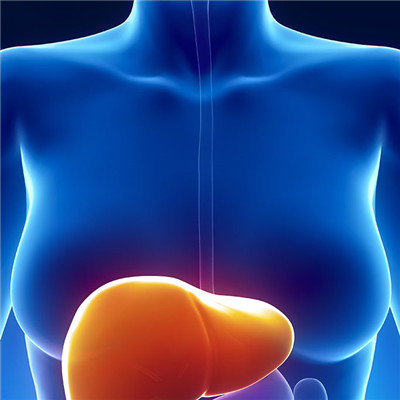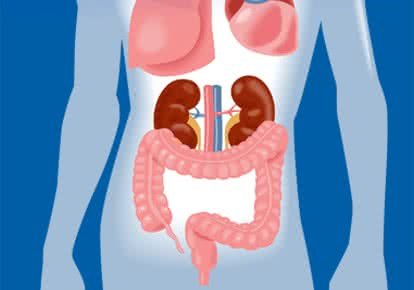What reason is chemotherapy fever?
summary
Chemotherapy is the most common means of cancer treatment, and fever is one of the most common reactions of chemotherapy. There are many cases of fever after chemotherapy. Many patients are worried and don't know what's going on. The causes of fever after chemotherapy are complex. The common causes include granulocyte deficiency, infectious fever, non infectious fever, etc. we should not blindly reduce the fever after chemotherapy. We should pay attention to go to the hospital for examination, make clear the causes, and actively treat symptomatically is the key. What reason is chemotherapy fever? Let's talk about it
What reason is chemotherapy fever?
Drug fever: some drugs (including a few chemotherapy drugs) can also cause fever, known as drug fever. Drug fever often occurs within 24 hours after medication. If fever still occurs after withdrawal, the fever is generally unrelated to drugs. Drug fever is characterized by fear of cold, shivering, and then fever. The body temperature is 38 ℃ ~ 40 ℃. Physical cooling and antipyretic analgesics can be used to relieve the fever, and adrenocortical hormone can be used to treat the severe cases. In case of drug fever, such drugs are generally not used any more. For example, chemotherapy drugs that must be used, antipyretic drugs or adrenocortical hormones can be used for prevention before the drug is used again. According to their own situation, taking Ginsenoside Rg3 and other traditional Chinese medicine can enhance the therapeutic effect, reduce the pain of patients, reduce the side effects of chemotherapy, improve the quality of life, and pay attention to the necessary exercise.
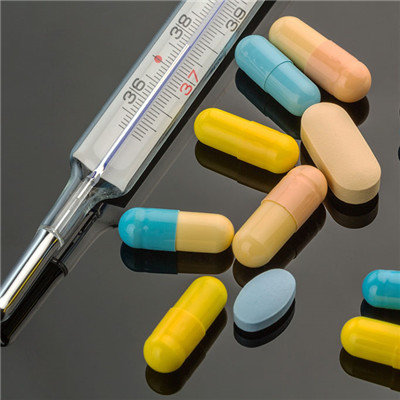
Tumor fever: some tumors have clinical manifestations of fever, such as lymphoma, leukemia, called tumor fever. This is because the tumor necrosis releases the heat source to cause the fever. The severity of this fever is related to the type of tumor and the nature of the tumor. Most of the fever is obvious in the afternoon. The temperature of the patients is about 38 ℃, and some of them reach 39 ℃. The persistent high fever does not subside. The temperature of the body can return to normal after the use of antipyretic drugs, but the fever is still repeated after the efficacy. For this kind of fever, only after controlling the tumor can the fever be reduced. Patients should receive chemotherapy and antipyretic treatment at the same time.
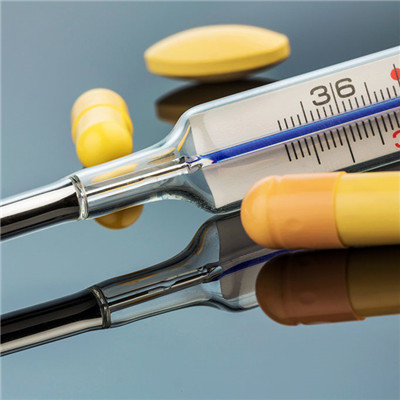
Cancer patients with low immunity, chemotherapy often further weaken the body's immunity, leading to infection. Infectious fever is generally characterized by elevated body temperature, accelerated heart rate and shortness of breath. The accompanying symptoms vary according to the focus, such as cough and expectoration in respiratory tract infection, abdominal pain and diarrhea in digestive tract infection. In addition, fever is often accompanied by a significant increase in neutrophils. At the same time, the specimens should be taken for culture as soon as possible, such as blood and sputum culture. In the treatment, the corresponding anti infection treatment should be carried out according to the infection focus and pathogenic bacteria, so as to control the infection as soon as possible. In addition, Ginsenoside Rg3 can also be taken according to their own conditions as a collaborative treatment during the treatment. It can not only improve the drug resistance of patients, but also reduce the side effects.
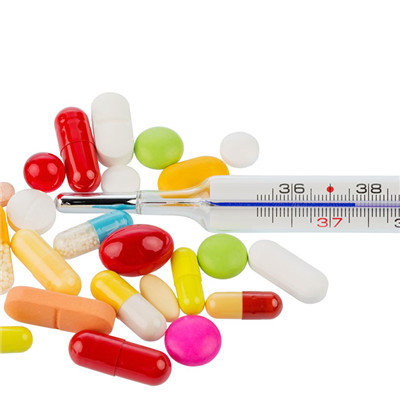
matters needing attention
Patients must pay attention to personal hygiene in daily life, relax, rest, and don't be too nervous. In daily life, they must believe in themselves, don't have psychological burden, and try not to eat spicy food. They can eat more fresh fruits and vegetables, drink more water, and develop good living habits.








